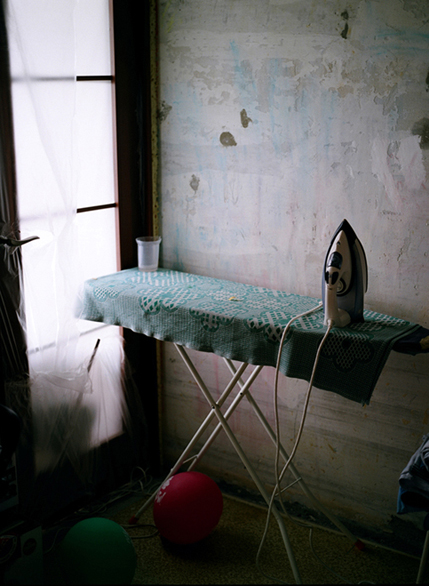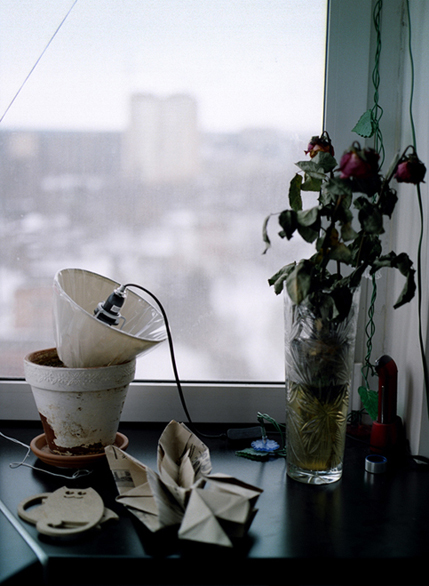(born in 1970, Hubei, China) is a contemporary artist from Beijing, China.
His work often depicts him in apparently gravity-defying situations.Wei started off his performance series, Mirroring, and later on took off attention with his Falls series which shows the artist with his head and chest embedded into the ground. His work is a mixture of performance art and photography that creates illusions of a sometimes dangerous reality. Li Wei states that these images are not computer montages and works with the help of props such as mirror, metal wires, scaffolding and acrobatics.
"My work and artistic experience are characterised by a unique specificity and particularity,"
"My artistic language is universal and deals with themes about contemporary politics and society using symbols understood by everyone in every part of the world."
"I am fascinated by the unstable and dangerous sides of art and I hope my works reflect these aspects."
"My favourite pieces are the 'Mirror' and the 'Li Wei falls...' series,"
"I began my career in the late 1990s, and is most like my Mirror 2000 series, which includes over 40 site-specific performance pieces."
"Using a large mirror, three feet square, with a hole in the centre large enough to accommodate my head and neck, I place my head through the hole and "project" my image onto various historical and urban environments."
"The philosophy that emerges from my work shows the independence of the spiritual values of Chinese artists and the internal peace of a culture."
"The first reaction is astonishment. Some people think they are full of sense of humour. They are curious about how I did this."
"Sometimes I am in real danger - I have to hang myself high with steel wires and people do get a little worried for me - but I am fine."
Li Wei sees his art as both a mission to set the scene for the perfect photograph and a perfect performance."
"Each photograph lies with a performance"
"For me, how to express myself and the process is more important. I don't care much about if that's performance or photography."
"I'll continue creating works in high places."
"I incorporated gravity as one of my main elements."
"In these, my body crashes like a meteorite in different contexts."























































